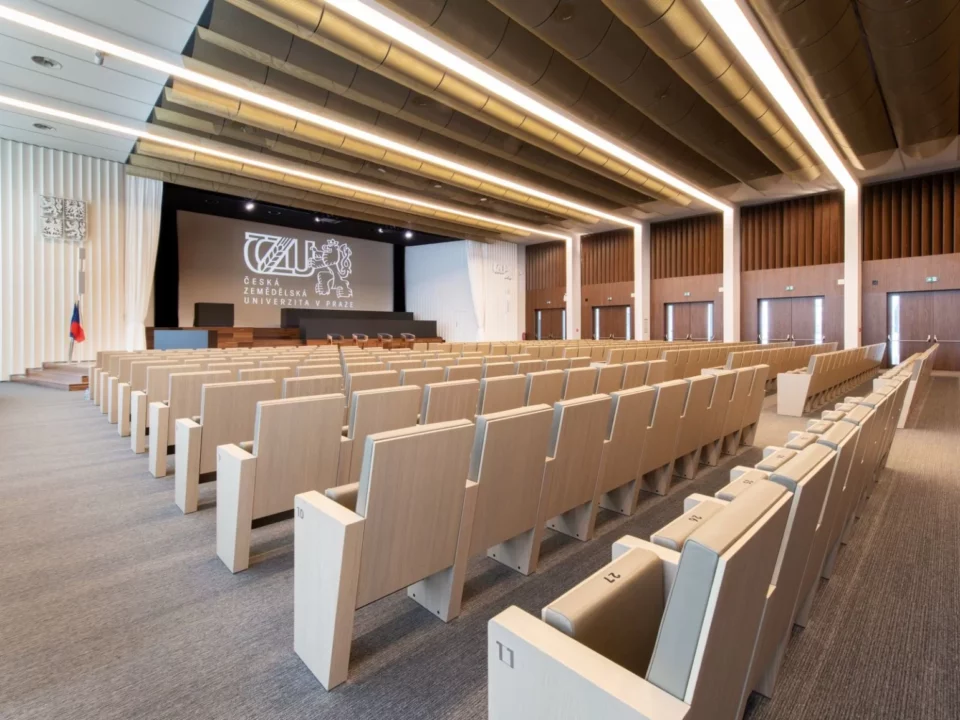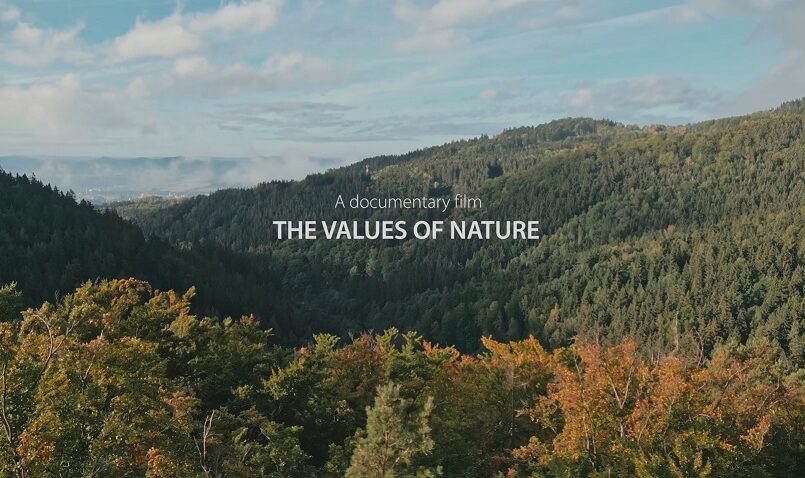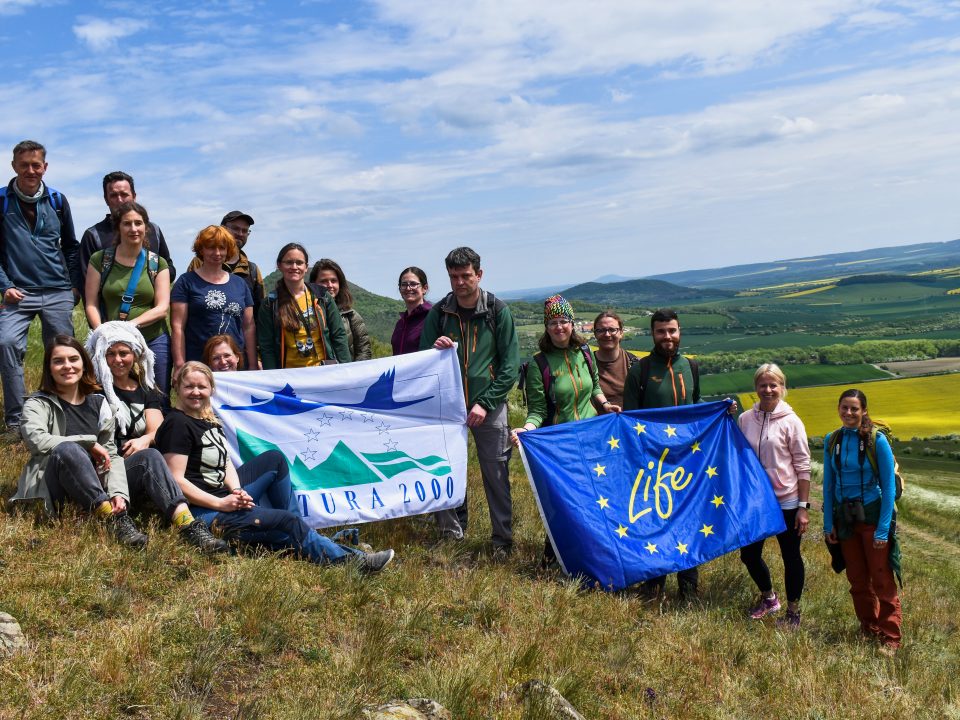Pruning of unwanted trees is done from summer to winter
The dog rose, blackthorn, mahaleb cherry, common broom or some prunuses are undoubtedly beautiful trees and shrubs at a glance. However, they sometimes grow in places where they should not. In particular, they are not desirable in protected areas where we want to improve or maintain the good status of protected species or selected natural habitats. They thus have to be cut and removed.
This is a preparatory measure during which the so-called self-seeded trees are removed from the chosen place, i.e. woody species with the greatest colonization ability and the lowest demands on habitat conditions. Typical examples are birches, alders or also hawthorn or blackthorn. Then it is necessary to prevent further overgrowth of the place. Another suitable method of subsequent management, such as grazing or regular mowing, follows.
The cuts are done, for example, in order to modify the habitat conditions of some endangered plant species or to diversify the temperature and light parameters of aquatic habitats. In other words, it is a measure aimed at regulating the process of ecological succession (the natural process of colonization and extinction of populations of individual species in one place leading to a change of one ecosystem into another) in a given habitat in favour of endangered species of plants, animals or even entire habitats. Its gradual transformation into a forest is prevented.
Cuts of the above-mentioned woody species and many other plants (hawthorn, bloody dogwood, black elder, common hazel) are done on areas of various sizes ranging from 0.1 to tens of hectares. The terrain, the needs of the target feature, technical possibilities and even the financial costs are always considered. Trees and shrubs are cut with saws or brushcutters at different heights over the entire defined area, only around its perimeter or according to other specified conditions.
Cut-outs often precede mowing and grazing on grassland. They help to bring light to the pools. Cutting of undesirable trees is governed by other rules, too. It is not carried out during the nesting season or at a time when mammals, especially rodents, are giving birth to their young. Also, not all trees and shrubs are often removed in a given place. The preserved groups of shrubs and trees provide shade, serve birds and insects as a life shelter.
Thanks to the One Nature project, the cutting was carried out in almost 40 areas. For example, in Hodonínská doubrava SCI, where the target feature is the marsh gladiolus, scattered expansive or invasive woody species were cut out on a total area of more than 40 hectares.
Cutting was also done in the Beskydy, České Středohoří, Slavkovský les and Žďárské vrchy protected landscape areas, then in south, central and east Bohemia, in Olomouc region and south Moravia:
- in the Beskydy SCI, overgrowth trees were cut out to protect species-rich matgrass grasslands on siliceopus substrates in mountain areas or as an accompanying measure in the creation and restoration of pools for yellow-bellied toads;
- in the Sinutec – Dlouhý kopec and the Hořenec – Číčov SCIs, the unwanted trees were removed to provide space for the Jersey tiger;
- in the Březina and the Dobrná SCIs, woody plants over 3 meters were cut to protect the northern crested newt;
- in the Adršpašsko-teplické skály and the Ruda SCIs with transition mires and quaking bogs, and in the Žofinka SCI with bog woodland, self-seeds up to a height of three meters were cut off;
- the Kosíř-Lomy SCI was relieved from self-seeded species on extensive mowed meadows of lowlands to foothills; the marsh fritillary will have more space in the U hájenky and the Horní Kramolín – Ovesné SCIs;
- in the Karlštejn-Koda SCI, the self-seeds were removed to improve the condition of the local semi-natural dry grasslands and shrubland facies on calcareous substrates (Festuco Brometalia) and also due to the Dracocephalum austriacum;
- in the Orlické hory – north SCI, where there are mountain hay meadows, and in the Údolí Jihlavy SCI with sub-continental steppic grasslands, cutting of tree species up to a height of three meters was also done.
-

- Cutting in the Dobrná SCI to support conditions for the northern crested newt. Photo by: Zdeňka Parýzková
-

- Cutting in the Dobrná SCI to support conditions for the northern crested newt. Photo by: Zdeňka Parýzková
-

- Cutting in the Dobrná SCI to support conditions for the northern crested newt. Photo by: Zdeňka Parýzková








